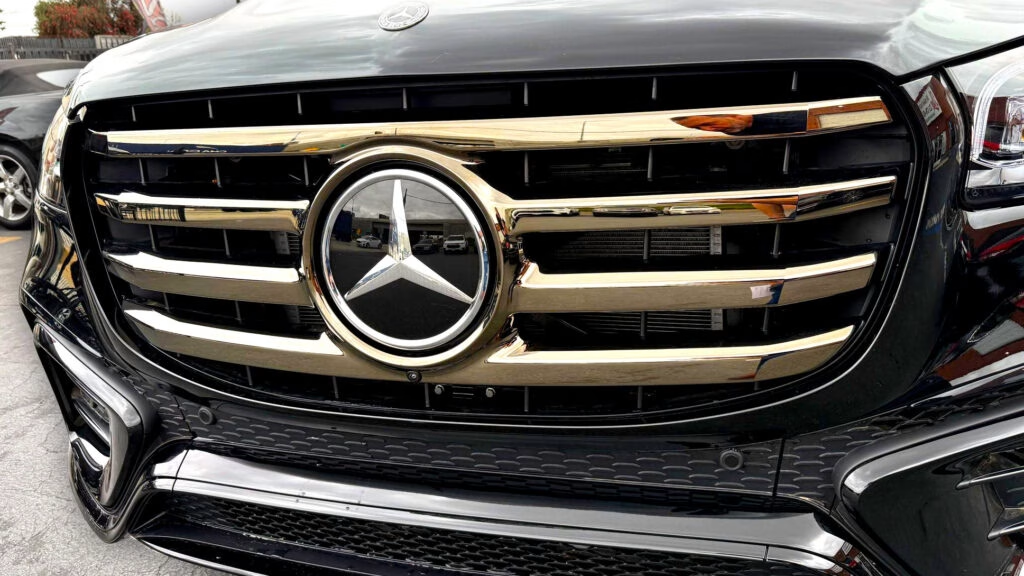A recent auction of a nearly new Mercedes GLS450 has highlighted a stark reality for luxury car owners: the rapid depreciation that occurs the moment you drive off the lot. This particular vehicle, equipped with the AMG Line trim and boasting a host of premium features, failed to attract enough bids, ultimately stalling at $77,178—nearly $21,000 less than its original price of $97,945. This situation raises some important questions about the value of luxury vehicles and the factors influencing their resale prices.
Why Do Luxury Cars Depreciate So Quickly?
Luxury vehicles like the Mercedes GLS450 are often seen as status symbols, but they come with a hefty price tag that can plummet as soon as the title is transferred. This rapid depreciation is particularly pronounced in the first year of ownership, where a significant portion of the car’s value is lost before the owner even has a chance to enjoy it. In this case, the GLS450 had only 14 miles on the odometer, yet it still faced a staggering loss in value.
The moment you purchase a new car, it begins to lose value. According to automotive experts, new cars can lose anywhere from 20% to 30% of their value in the first year alone. This depreciation is compounded by the fact that luxury vehicles often come with higher initial costs, making their percentage loss even more pronounced. For the owner of this Mercedes, the potential sale price would have translated to about $1,500 for every mile driven—a sobering statistic for anyone considering a luxury purchase.
What Factors Influence Resale Value?
Several factors can impact the resale value of a luxury vehicle. For starters, market demand plays a crucial role. In this instance, the GLS450’s auction failure could be attributed to a lack of interest from buyers, possibly influenced by the upcoming release of a facelifted model. The new version is expected to feature updated aesthetics and technology, which can make existing models less appealing.
Additionally, the condition of the vehicle and its mileage are significant factors. While this GLS450 was in pristine condition, having never been used, the limited bidding interest suggests that buyers may have been hesitant to invest in a model that could soon be outdated. Features such as the AMG Line Package and other add-ons certainly enhance the vehicle’s appeal, but they may not be enough to offset the looming competition from newer models.
What Can Buyers Learn from This?
For prospective buyers, this scenario serves as a valuable lesson in the world of luxury cars. If you’re considering purchasing a high-end vehicle, it’s essential to be aware of the depreciation curve. Understanding that the car will lose value quickly can help you make more informed decisions about your purchase.
One strategy might be to consider slightly used models that have already absorbed some of the initial depreciation. These vehicles can often be found at a significant discount compared to their new counterparts, allowing buyers to enjoy luxury without the steep price tag.
The big takeaway? Luxury car ownership isn’t just about the thrill of driving a high-end vehicle; it’s also about making smart financial choices. If you’re eyeing a luxury SUV like the Mercedes GLS450, think about timing your purchase and exploring options in the used market. Start with one change this week, and you’ll likely spot the difference in your wallet by month’s end.

